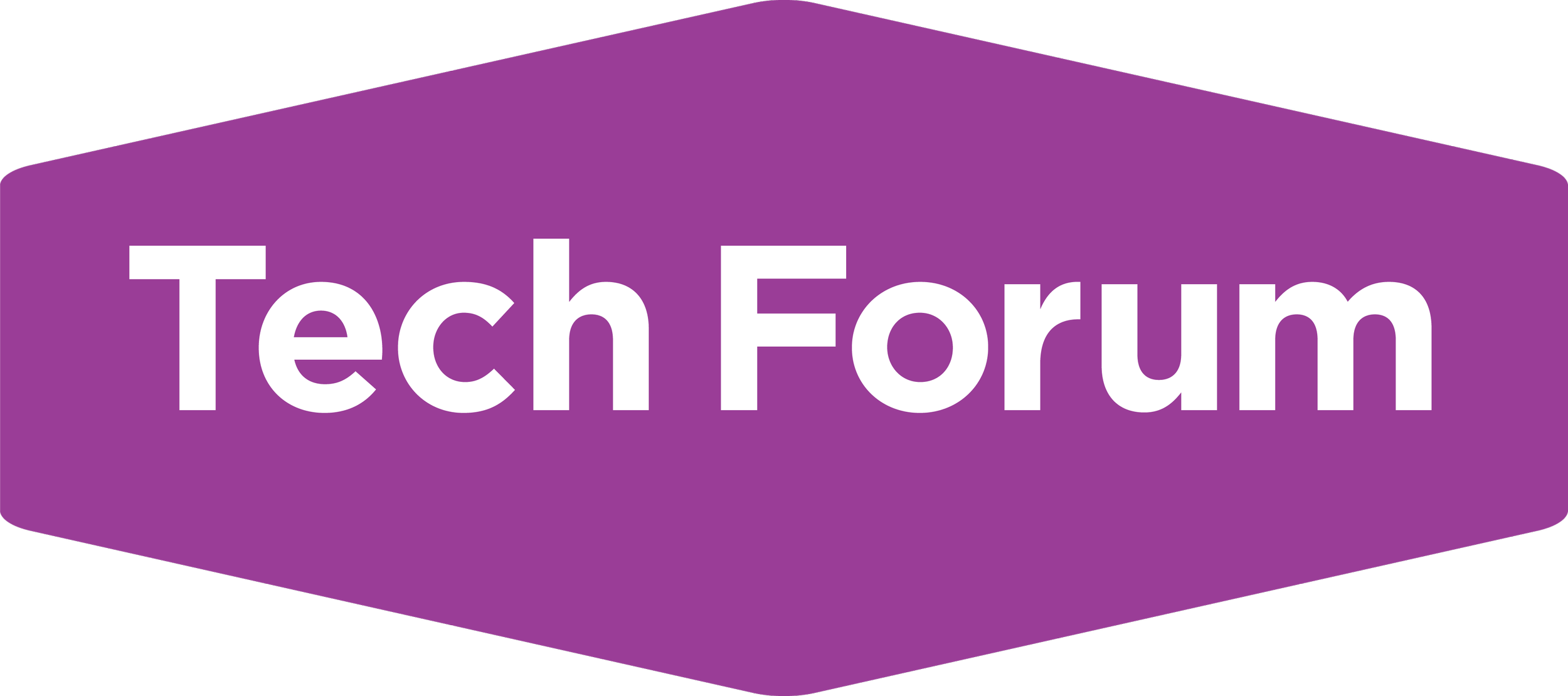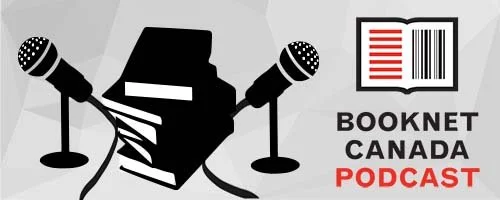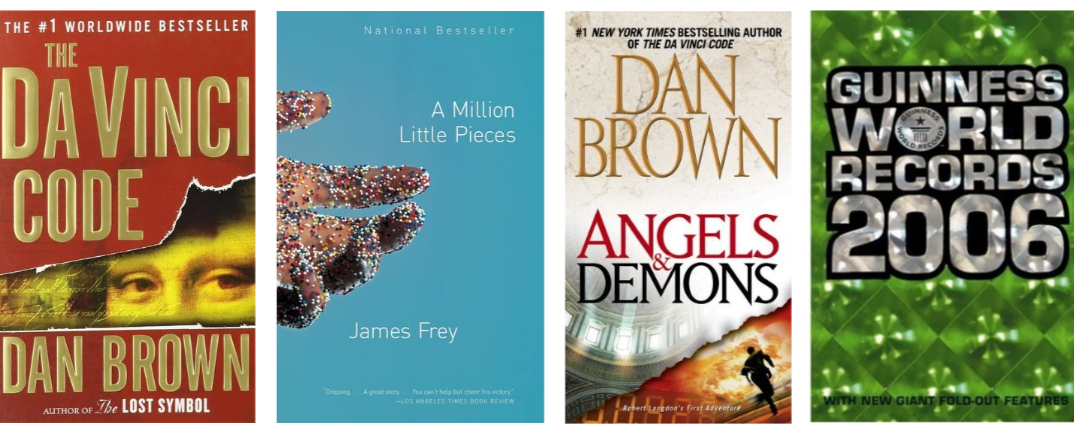Around this time last year, we shared a two-part blog series on the Truth and Reconciliation Commission’s Calls to Action and ways that the Canadian book industry can work towards reconciliation.
Indigenous History Month is here again but this doesn’t mean that June is the only month we turn our attention to this work.
Throughout the year, BookNet Canada staff work on projects that take action towards reconciliation in the book industry, in consultation and collaboration with Indigenous-led organizations and Indigenous members of the supply chain. This work spans all of BookNet Canada’s products and services and informs the way we represent our country on international committees, as we work together to find ways to better support Indigenous-led organizations within the book industry.
One of our core services, research, plays an important role in better understanding how Indigenous-led publishers, booksellers, and Indigenous contributors are being supported — or unsupported — by the Canadian book supply chain.
Today, we’re going to share some of that research with you by taking a look at Indigenous-focused BISAC subjects, how they're being used by Indigenous publishers, as well as the interest of Canadian readers in Indigenous-related topics.
The data we’re looking at today comes from BiblioShare, our quality-controlled book metadata aggregation and distribution system, SalesData, our national sales tracking service for the Canadian English-language trade book market, and our consumer surveying.
Describing Indigenous-related topics
There are 24 Indigenous-focused subject categories in BISAC’s 2021 edition:
ART / Indigenous Art of the Americas
BIOGRAPHY & AUTOBIOGRAPHY / Cultural, Ethnic & Regional / Indigenous
COOKING / Regional & Ethnic / Indigenous Food of the Americas
DRAMA / Indigenous Peoples of the Americas
FICTION / Indigenous
FOREIGN LANGUAGE STUDY / Indigenous Languages of the Americas
HISTORY / Indigenous Peoples of the Americas
JUVENILE FICTION / Legends, Myths, Fables / Indigenous Peoples of the Americas
JUVENILE FICTION / People & Places / Canada / Indigenous
JUVENILE FICTION / People & Places / United States / Native American
JUVENILE NONFICTION / People & Places / Canada / Indigenous
JUVENILE NONFICTION / People & Places / United States / Native American
LAW / Indigenous Peoples
LITERARY COLLECTIONS / Indigenous Peoples of the Americas
LITERARY CRITICISM / Indigenous Peoples of the Americas
POETRY / American / Native American
POETRY / Canadian / Indigenous
POLITICAL SCIENCE / Colonialism & Post-Colonialism
SOCIAL SCIENCE / Ethnic Studies / American / Native American Studies
SOCIAL SCIENCE / Indigenous Studies
YOUNG ADULT FICTION / People & Places / Indigenous
YOUNG ADULT FICTION / People & Places / United States / Native American
YOUNG ADULT NONFICTION / People & Places / Indigenous
YOUNG ADULT NONFICTION / People & Places / United States / Native American
But before we get to the data there are a few caveats worth mentioning.
Fundamentally, BISAC supports the marketability of a title and its retail sales. It’s a way for publishers to communicate with booksellers where and how a title fits into their stores, and as BookNet Canada’s bibliographic manager Tom Richardson has explained, it groups books into codes that sell in the North American market classifying them around an appropriate subject area.
And yet, these subject categories represent a lot more. For better or for worse, they become part of a title’s archival representation and the groupings are a powerful research tool — something we will be leveraging later on.
As a result, classifying titles by Indigenous contributors and about Indigenous topics can be complicated.
Titles written by Indigenous contributors are not — and should not — only be categorized under Indigenous-focused subject categories. Likewise, non-Indigenous contributors are also writing on Indigenous-related topics and have titles categorized under these Indigenous-focused subjects.
Within BISAC itself, it’s also difficult to identify specific Indigenous Nations. Some subjects are grouped as “Indigenous Peoples of the Americas,” while others have been split into Canadian “Indigenous” and American “Native American.” It’s also unclear whether or not all “Canadian” Indigenous works are classified under the Canadian-focused codes.
All this being said, looking at the volume and sales of ISBNs with Indigenous-focused BISAC codes can show the interest of Canadian readers in titles on these subjects, broadly speaking.
Now, the data.
The sales of Indigenous-focused subjects
As of 2021, BiblioShare has records for over 10,000 ISBNs with Indigenous-focused BISAC codes in the Canadian book market:
15% of these titles have an Indigenous-focused BISAC code as a main subject.
90% of these titles have an Indigenous-focused BISAC code as a supplementary category.
Between these two groups, 5% of titles have an Indigenous-focused BISAC code as both main subject and supplementary category.
Over the last decade, the sales of titles with Indigenous-focused subjects have increased. Looking at the graph below, sales for titles with an Indigenous-focused BISAC code as main subject have increased 527% from 2012 to 2021. For titles with an Indigenous-focused BISAC code as supplementary category, sales have gone up 604% over the last ten years.
Sales for titles with Indigenous-focused BISAC subjects
The most popular categories for titles with an Indigenous-focused main subject were:
SOCIAL SCIENCE / Ethnic Studies / American / Native American Studies — 22% of all titles;
JUVENILE FICTION / People & Places / Canada / Indigenous — 13% of all titles; and
HISTORY / Indigenous Peoples of the Americas — 13% of all titles.
For titles with an Indigenous-focused supplementary category, the most popular subjects were:
HISTORY / Indigenous Peoples of the Americas — 26% of all titles;
SOCIAL SCIENCE / Ethnic Studies / American / Native American Studies — 26% of all titles; and
POLITICAL SCIENCE / Colonialism & Post-Colonialism — 11% of all titles.
Learning from Indigenous publishers
Looking at the ways that Indigenous publishers classify their titles can give us a clearer understanding of how these Indigenous-focused BISAC subjects are being used in the Canadian book market.
To do so, we’ll consider 50 Indigenous publishers who have inventory and sales history in SalesData — sales which have grown 1,083% over the last decade.
These sales are from over 2,000 ISBNs from 40 BISAC subject headings and with over 300 different BISAC subject codes.
Only 27% of these 2,000-plus titles published by Indigenous publishers have Indigenous-focused BISAC codes. The most commonly used Indigenous-focused BISAC codes are:
JUVENILE FICTION / People & Places / Canada / Indigenous — 7% of all titles and 18% of Juvenile Fiction titles;
SOCIAL SCIENCE / Ethnic Studies / American / Native American Studies — 4% of all titles and 42% of Social Science titles; and
JUVENILE NONFICTION / People & Places / Canada / Indigenous — 4% of all titles and 20% of Juvenile Non-Fiction titles.
Which other codes are Indigenous publishers using to describe their titles?
Overall, the most popular subject headings are:
Juvenile Fiction — 66 BISAC codes and 38% of all titles;
Juvenile Non-Fiction — 49 BISAC codes and 19% of all titles; and
Social Science — 11 BISAC codes and 10% of all titles.
And within those headings, the most popular subject categories are:
JUVENILE FICTION / Readers / Beginner — 12% of all titles and 32% of Juvenile Fiction titles;
JUVENILE NONFICTION / Readers / Beginner — 9% of all titles and 48% of Juvenile Non-Fiction titles; and
JUVENILE FICTION / People & Places / Canada / Indigenous — 7% of all titles and 18% of Juvenile Fiction titles.
Hearing from Canadian readers
With an increase in the sales of titles with Indigenous-focused BISAC codes and in titles published by Indigenous publishers, Canadians are more and more interested in titles by and about Indigenous topics than ever before.
According to our Canadian Book Consumer Study 2021, in the second half of 2021:
6% of Canadian book buyers searched for books about Indigenous peoples; and
5% of Canadian book buyers searched for books by Indigenous authors or illustrators.
The readership of these titles also seems to be increasing. In our Canadian Leisure and Reading Study 2021, we found that 19% of Canadian readers had read books by or about Black, Indigenous, or people of colour — up 9% from 2020.
This is certainly something worth celebrating!
And something we hope to see more of, as we continue to collaborate with and better support Indigenous-led organizations and other Indigenous members of the Canadian book industry.















Top Canadian Jr. picks for January 2026.